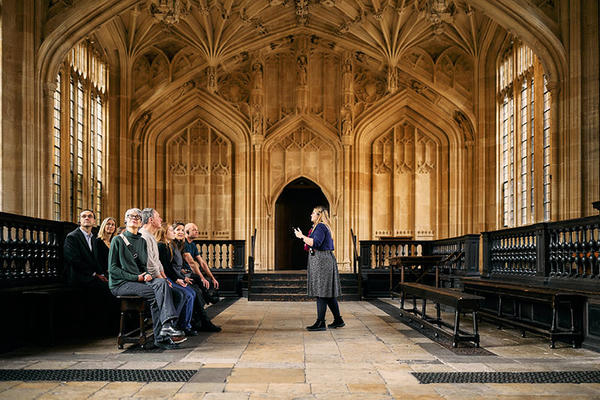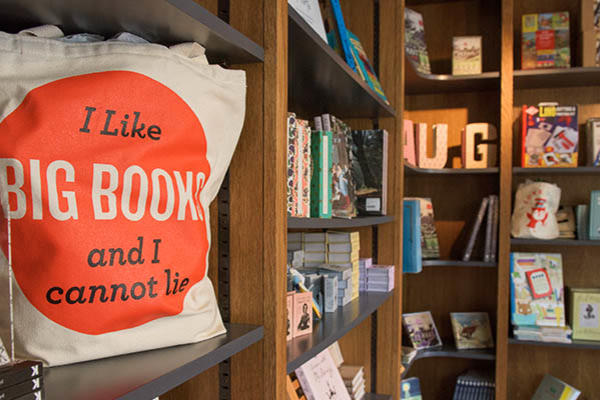Spaces to visit
Spaces to visit

Our buildings tell the history of the University of Oxford from its medieval origins to the present day. They include some of Oxford's most beautiful and inspiring landmarks.
On this page, discover the spaces you can visit and how to go inside.
Find out more about opening times, tickets and what's on.
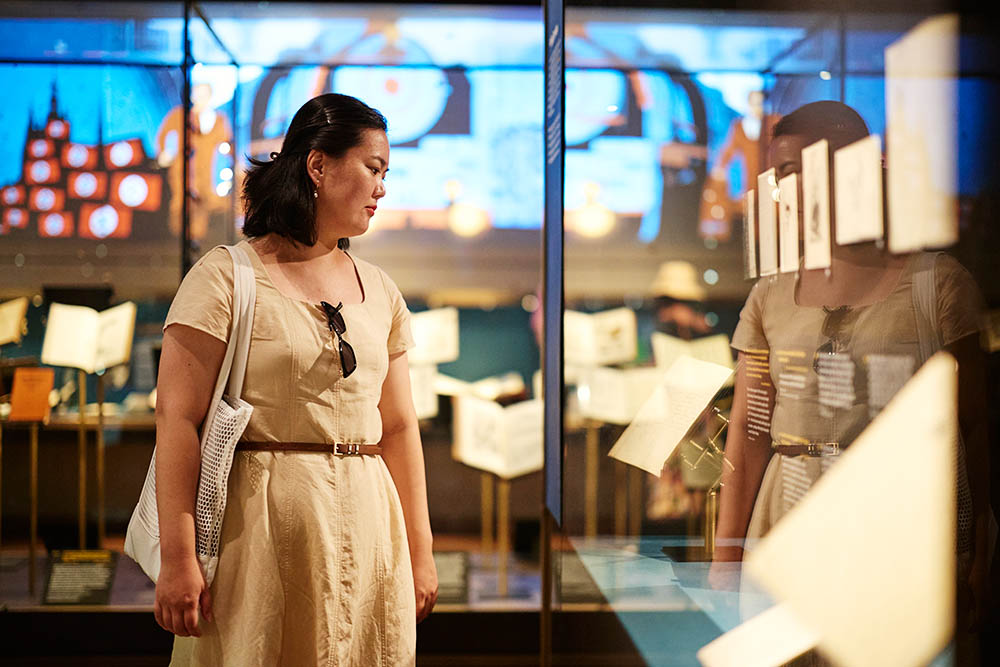
Blackwell Hall, Weston Library
Great for a quick visit Gift shop Café
Free Wi-Fi
Blackwell Hall is our public visitor centre, on the ground floor of the Weston Library.
Here you'll find exhibitions and displays featuring treasures from the Bodleian's collections, our café and shop, Space for Reading, and more.
How to visit
Blackwell Hall is open every day to visitors – just drop in.
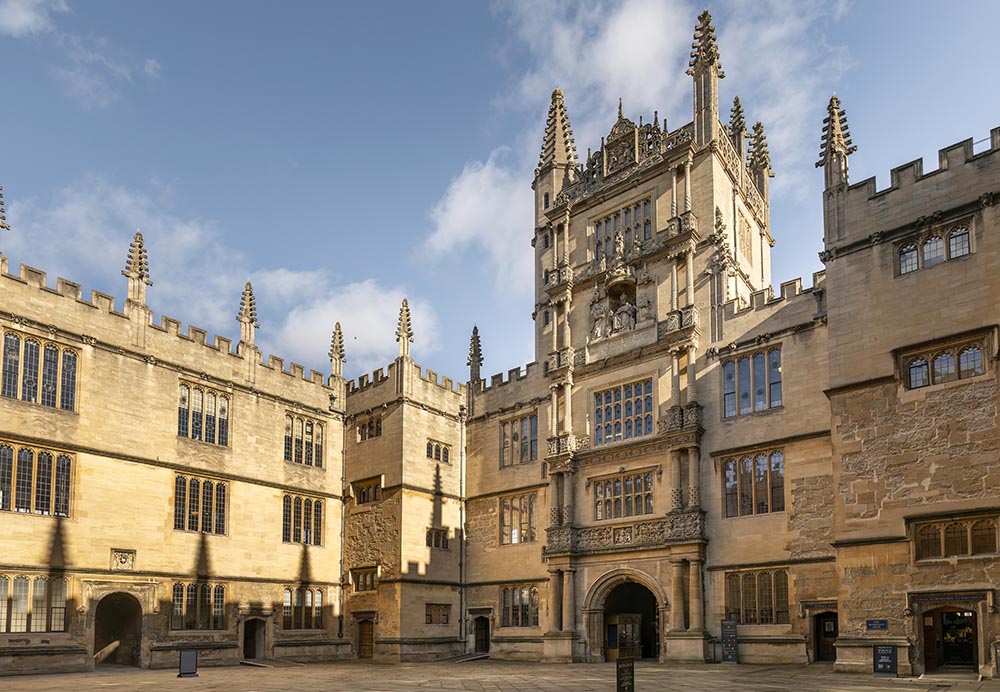
Old Schools Quadrangle
Great for a quick visit Gift shop
The Old Schools Quadrangle (commonly known as the 'Old Library') was built between 1613 and 1624. These buildings once housed lecture and examination rooms (‘schools’).
The original library founded by Sir Thomas Bodley was part of this complex. By 1859 the entire Schools Quadrangle had become part of the Bodleian Library complex.
How to visit
Visitors can walk around the magnificent courtyard ('quadrangle') at the centre of the Old Library. Step inside whenever the gates are open.

Divinity School
Ticket required Great for a quick visit
Built from 1424 – 1488, the Divinity School is a masterpiece of English Gothic architecture.
Featuring a beautiful stone carved ceiling and furnishings dating back to 1669, it is the University’s oldest teaching room and first examination school. You may recognise it as the infirmary in the Harry Potter films.
How to visit
The Divinity School is open daily. Take a self-guided tour or join a library guided tour.
This space is also available to hire for weddings and events.

Duke Humfrey's Library
Ticket required Great for a quick visit
The atmospheric heart and the oldest library room of the Bodleian Library.
Duke Humfrey's Library features a ceiling of beautifully painted panels with the arms of the University and a special reading booth built for King Charles I.
Historically the books in this library were chained to the shelves. To this day, they can only be consulted in the Bodleian's reading rooms.
How to visit
Duke Humfrey's Library is a working library, but you can go inside on a library guided tour.
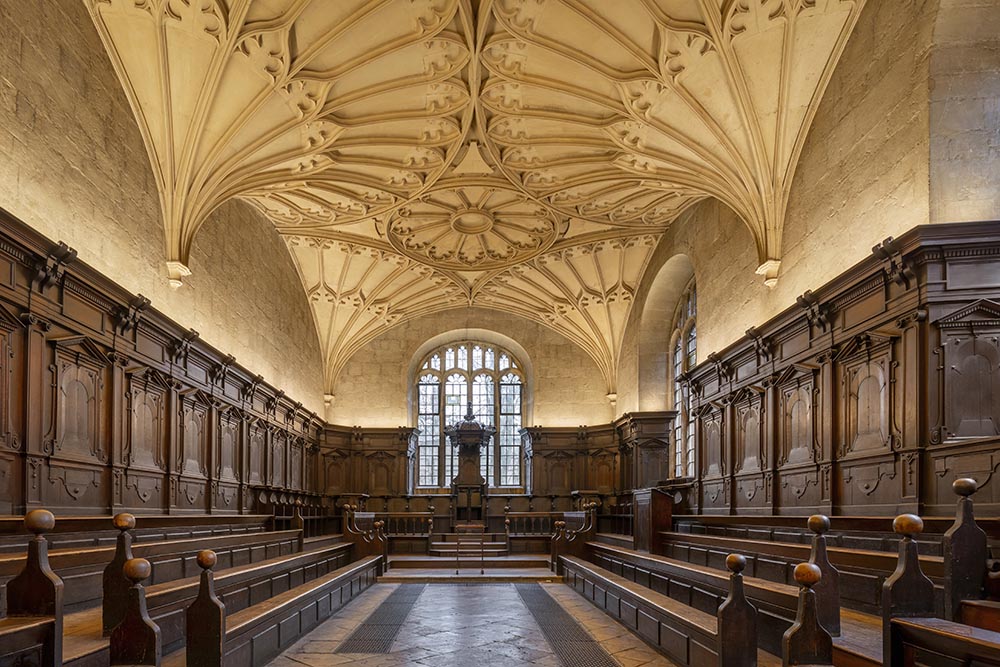
Convocation House
Ticket required
A beautiful example of an original 17th-century 'parliament house', with a stone fan-vaulted ceiling in medieval style.
For over 300 years it was the meeting place of Convocation and Congregation, the University of Oxford's two governing bodies. During the 17th century, the English Parliament met in this room three times.
How to visit
Our 30-minute and 60-minute library guided tours include a visit to Convocation House.
This space is also available to hire for weddings and events.
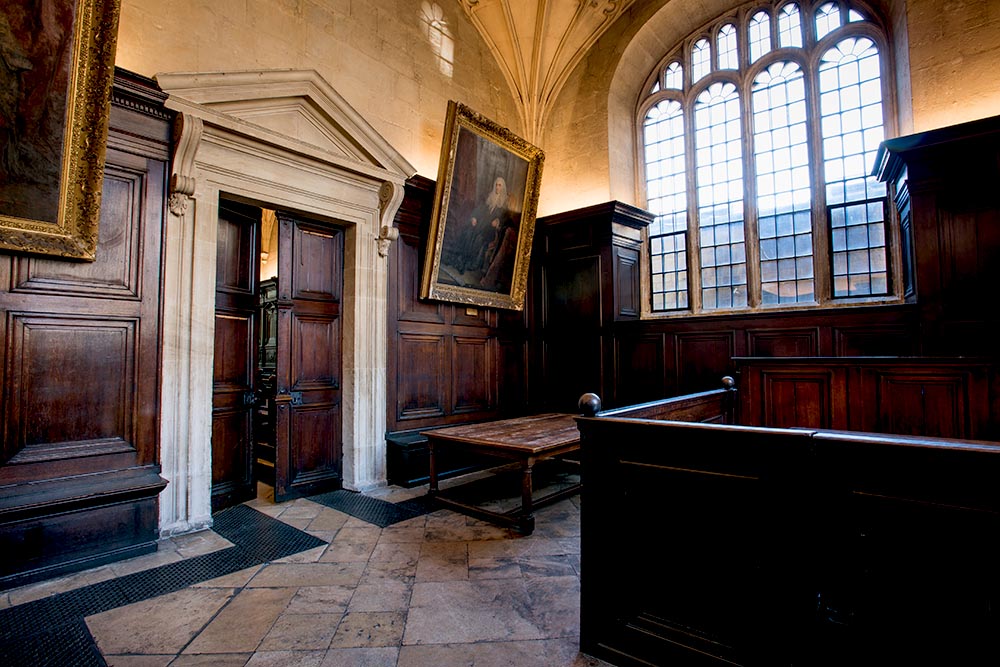
Chancellor's Court
Ticket required
With its fan-vaulted ceiling and oak-panelled dock from the 1630s, the University’s imposing former courtroom sets the scene for proceedings of the past.
Here, students were put on trial by the University for their misdemeanours and highjinks – including Oscar Wilde during the 1870s, for failing to pay his bills.
How to visit
You can visit Chancellor's Court on a library guided tour.
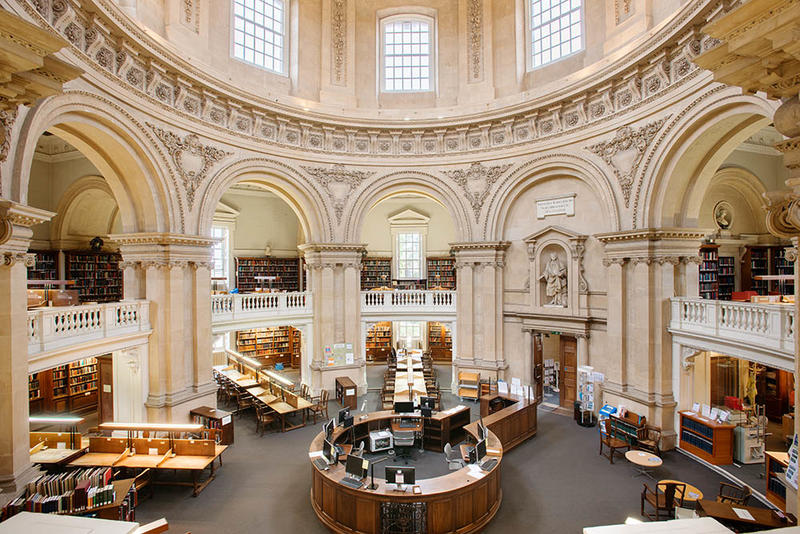
Radcliffe Camera
Ticket required
Oxford’s most iconic building and a beautiful piece of classical architecture. Built between 1737–49, this was Britain's first circular library.
The library is named after its benefactor, the royal physician John Radcliffe. In 1861 the 'Radcliffe Library' became part of the Bodleian Library and was renamed the 'Radcliffe Camera' (in Latin, camera means 'room').
How to visit
The Radcliffe Camera is a working library. Our library guided tours are the only way for members of the public to go inside.
More to explore




